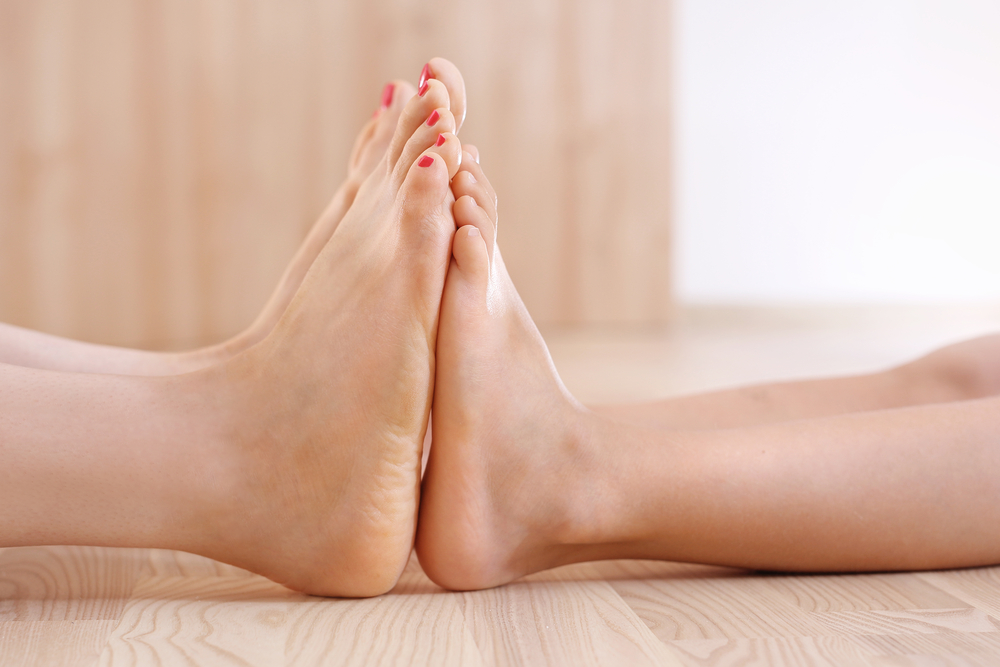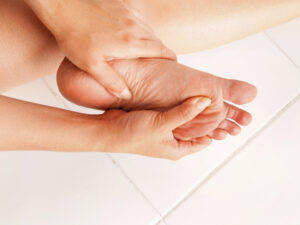
The metatarsals are the five long bones in each foot numbered from I to V. Together with the ankles (tarsals), they form the central arches of the foot needed to bear the body’s weight. Metatarsalgia is a condition that occurs when the metatarsals become inflamed and sore.

The primary symptom of metatarsalgia is pain in the ball of the foot at the end of one or more of the metatarsal bones. This can present as a sharp pain, a burning sensation, or a dull ache. The pain also feels like stepping on a pebble and worsens during standing, walking, running, or flexing the foot. Additional symptoms include tingling or numbness in the toes.
The pain in metatarsalgia results from too much pressure on a specific spot on the foot (the joint between the long bones of the foot and the toes). Athletes who engage in high-impact sports or are usually on their forefoot often experience this condition.
People with high foot arches are also more prone to developing metatarsalgia. The arch on the foot adds more strain to the metatarsals and heels. People with second toes longer than their big toes are also more susceptible to developing metatarsalgia. Joint inflammatory conditions such as osteoarthritis and rheumatoid arthritis also predispose a person to this condition.
Treatment of metatarsalgia revolves around preventing the condition from worsening while alleviating the symptoms. Medical practitioners are also geared toward preventing the recurrence of this discomfort. Therefore, the treatment plan includes rehabilitative measures. The most common immediate treatments of metatarsalgia are as follows:
Because of its recurring nature, prevention is the best approach to metatarsalgia. The below options are highly recommended for people who frequently experience the condition:
In Low-level laser therapy, the affected area is sandwiched between two cold laser emitters. This process allows for the relief of muscle spasms and reduces the pain sensation. The recommended visits for this procedure are 2-3 times per week for 5 minutes per session. Low-level laser therapy for metatarsalgia is also effective at repairing damaged tissues and improving circulation while reducing inflammation. This option is recommended for those who experience repeated incidences of pain and swelling due to repeated high-impact pressure in the soles (athletes, runners, etc.).
Orthotics are inserts that aid the metatarsals in their natural position and spacing. This prevents the cramping of the metatarsal bones, which leads to inflammation. It also promotes the natural position of the padding in the metatarsal area, thereby optimizing the natural shock-absorbing tissue preventing the feet from absorbing the pressure. Additionally, orthotics help distribute the pressure evenly, relieving those suffering from metatarsalgia. Orthotics are an excellent option for people with high foot arches or those who stand for long periods.
Belden Village Chiropractic and Wellness Center provides treatment options for metatarsalgia, including low-level laser therapy and orthotics. If you are experiencing symptoms of metatarsalgia or know someone who does, you can visit our clinic or contact us to schedule a consultation.
References:
https://my.clevelandclinic.org/
https://www.footcaremd.org/